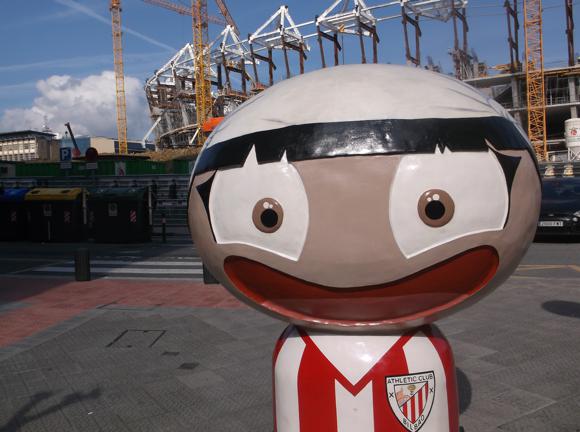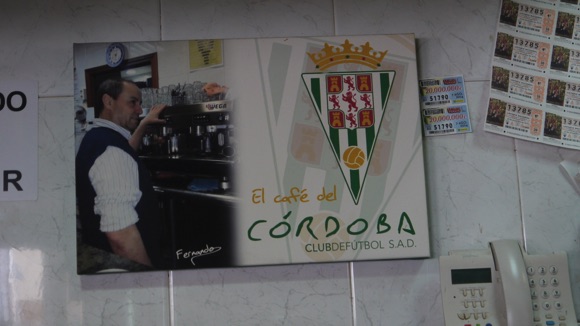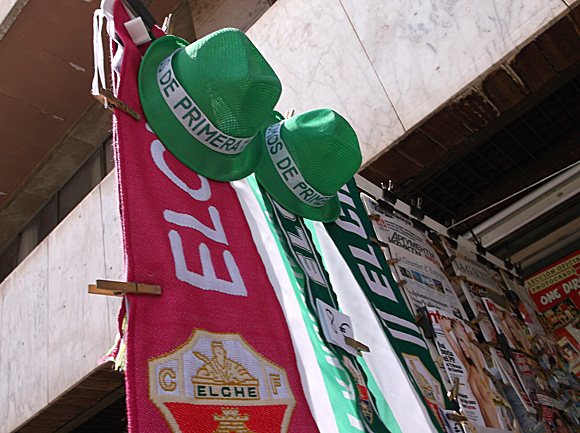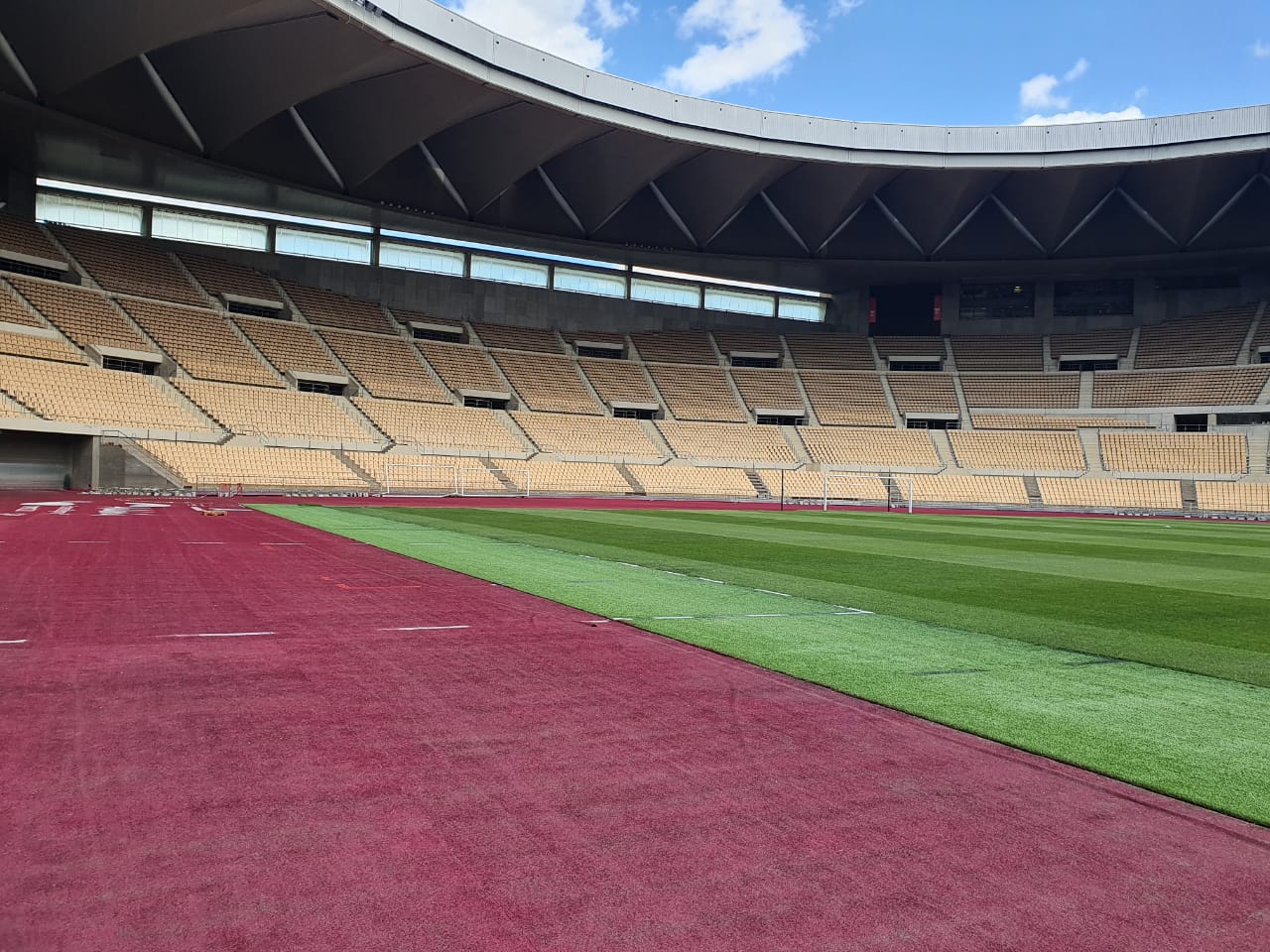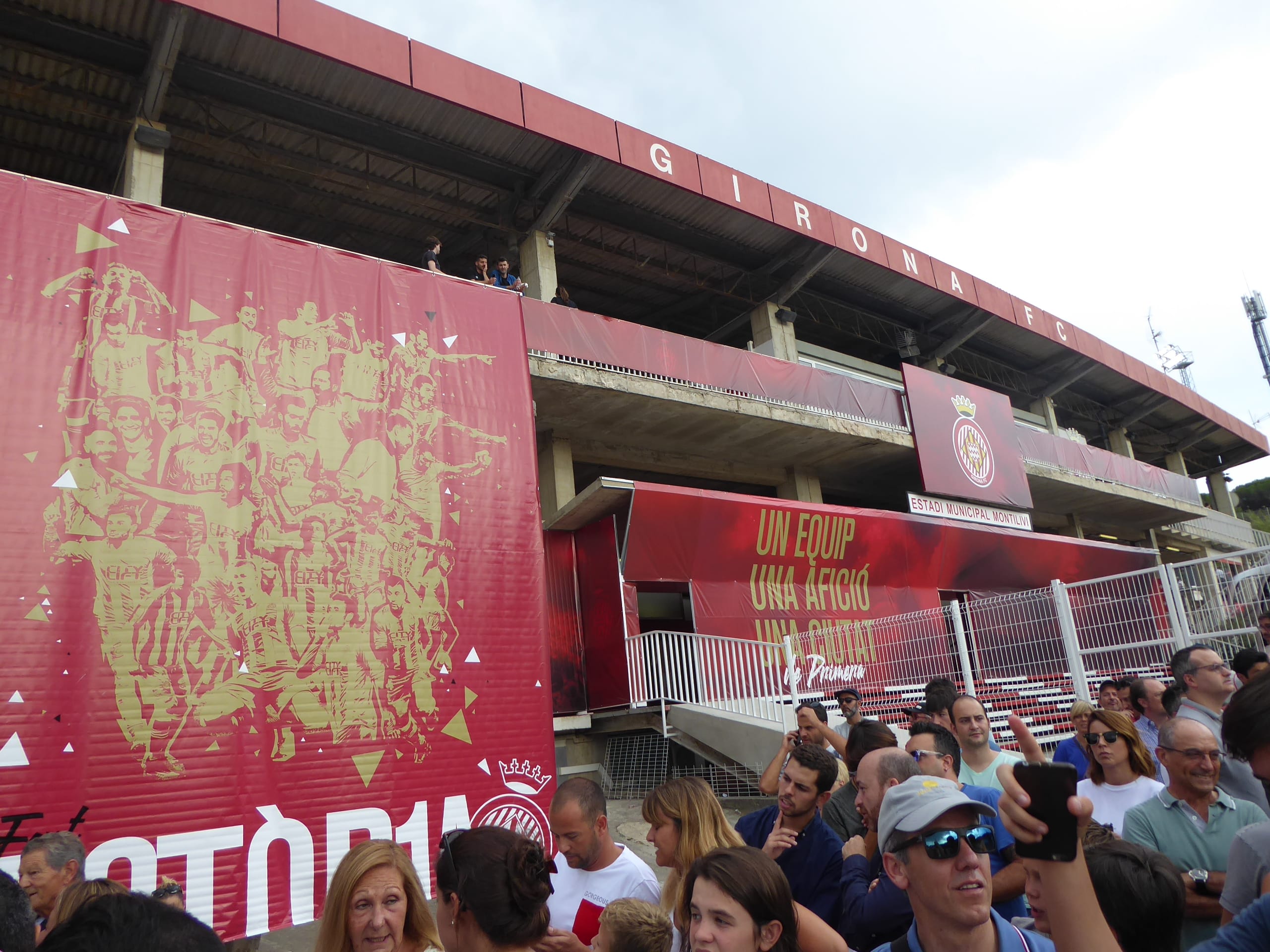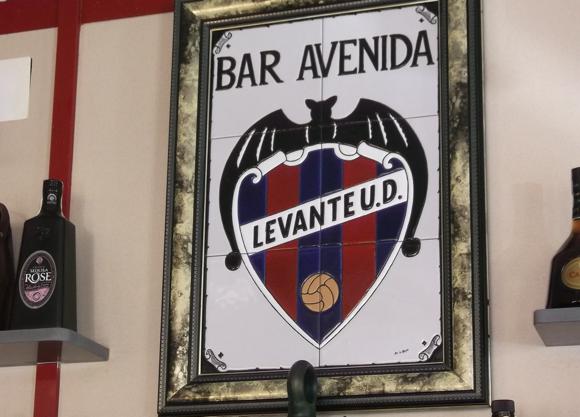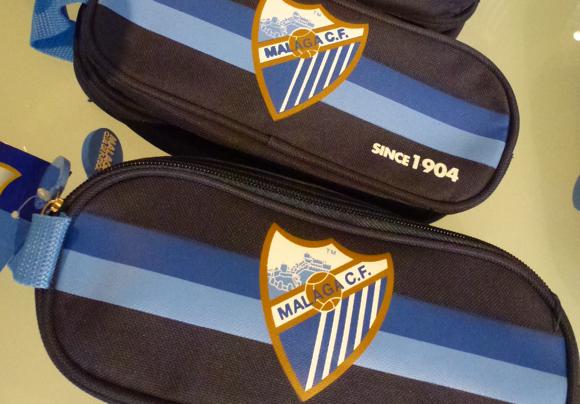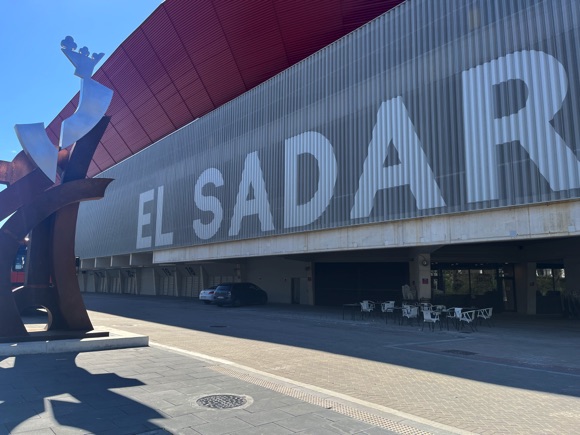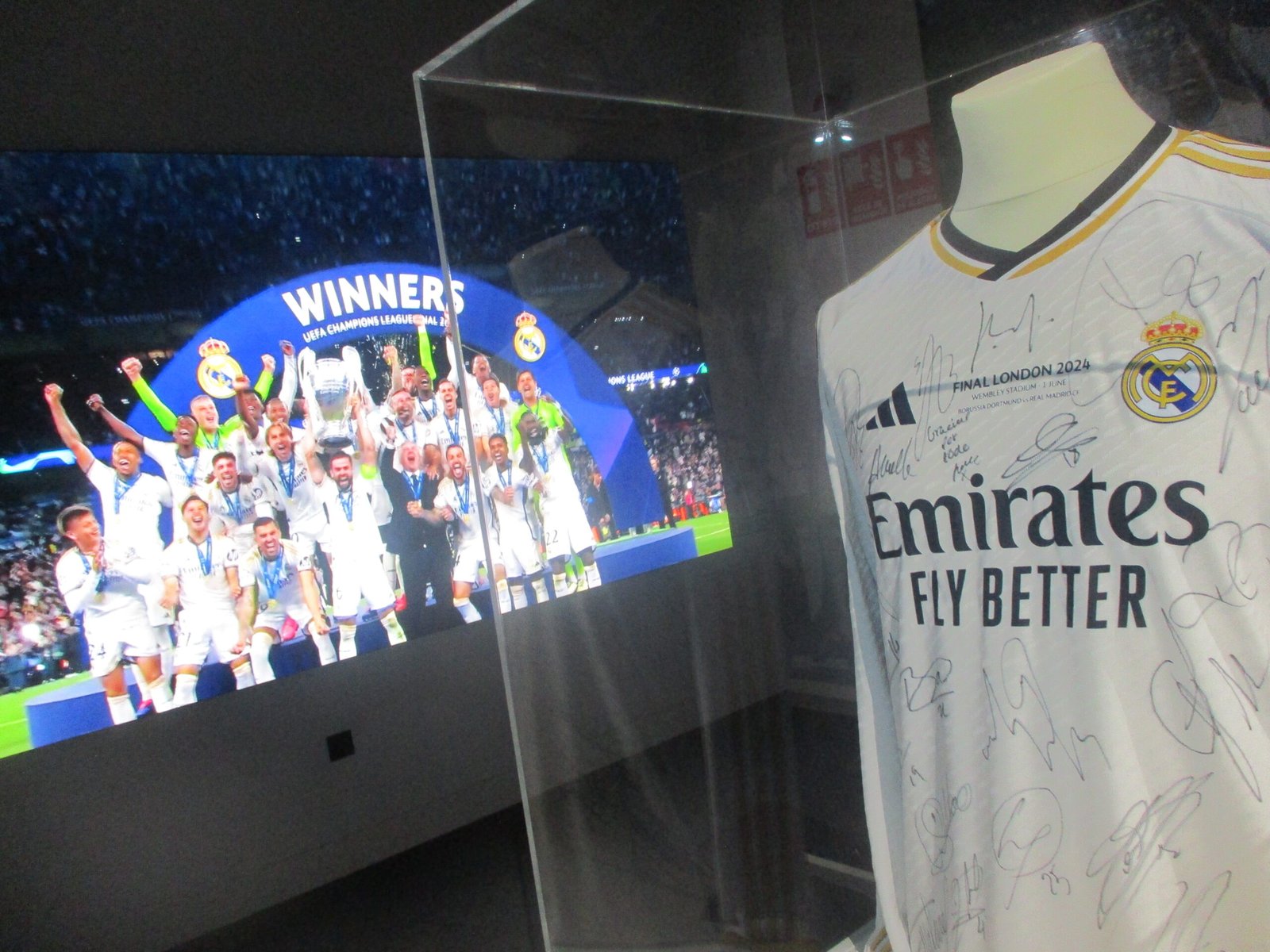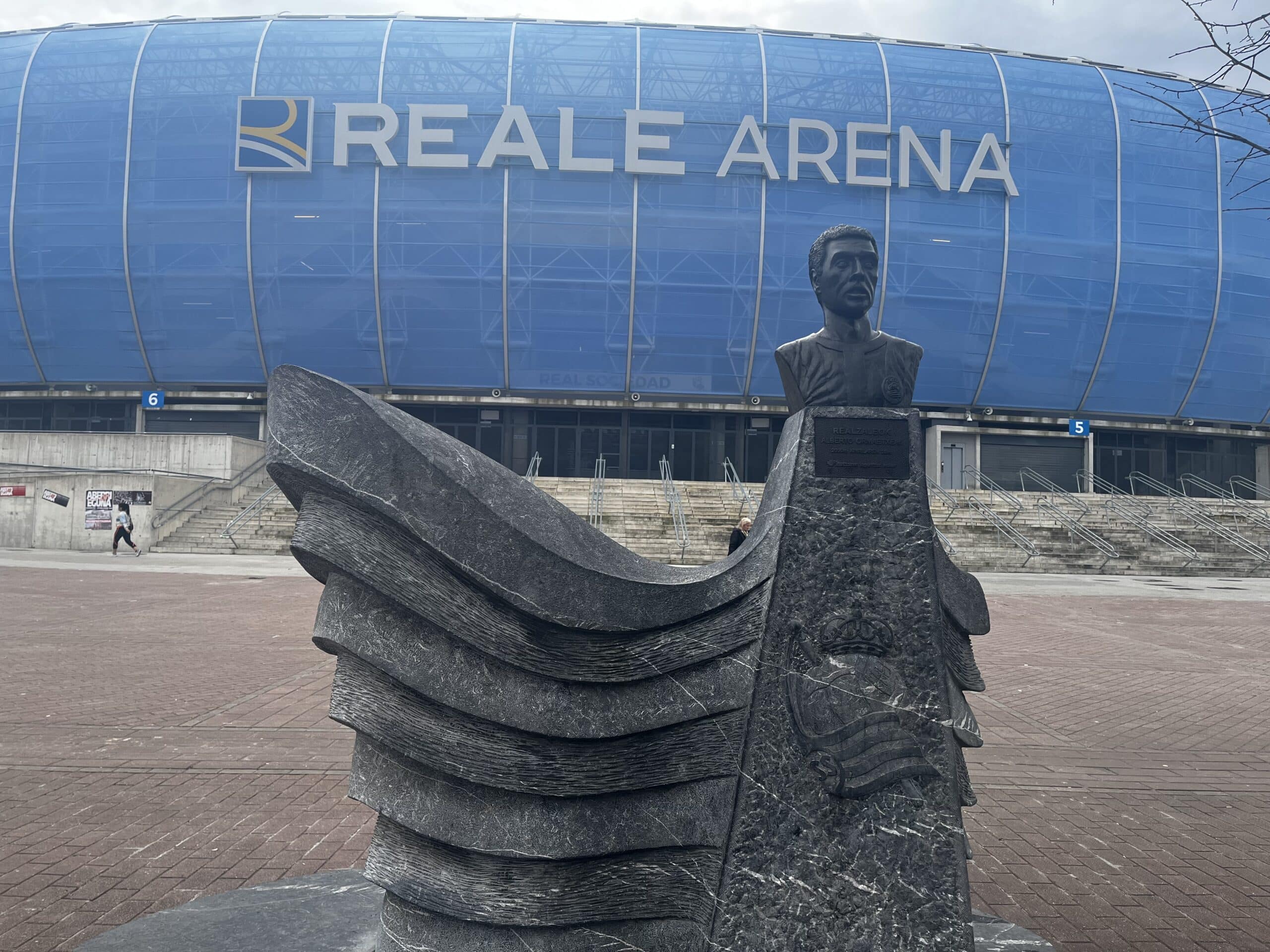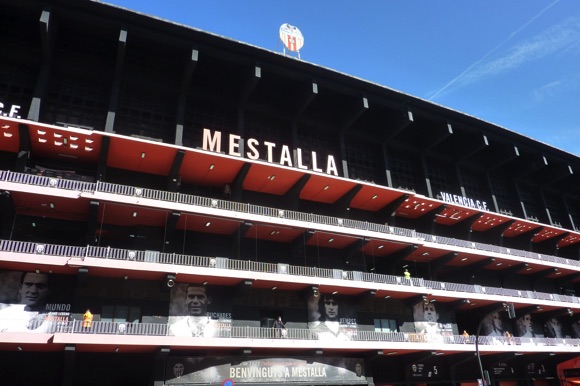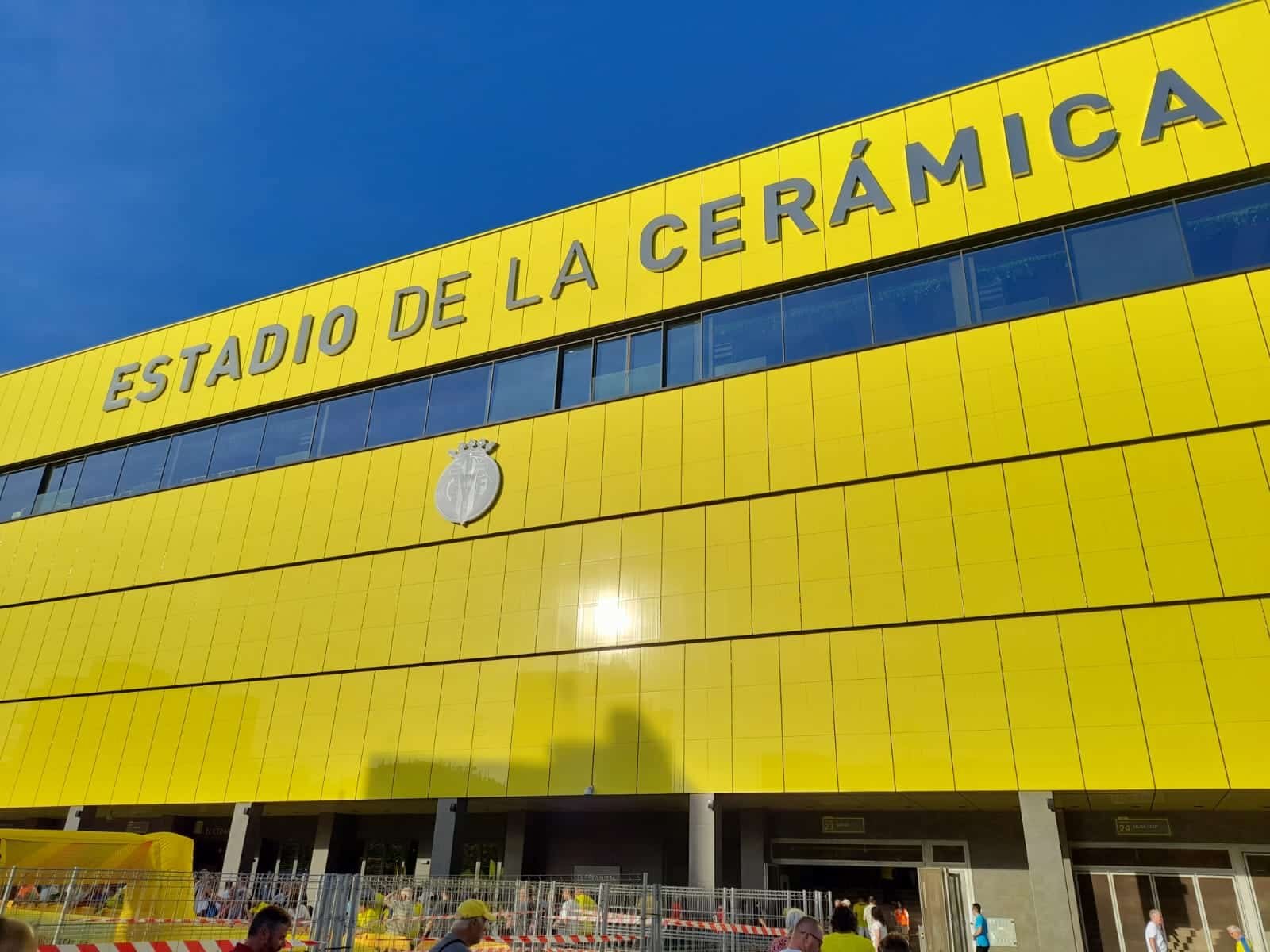A fan’s guide – the club from early doors to today
Espanyol have a difficult cross to bear, sharing a city with one of the most successful football brands in world football. RCDE’s greatest victory every season is the rare one they can wrench from their illustrious neighbours in the Derbi barceloní. It doesn’t happen very often.
Nonetheless, Espanyol, whose revered old ground, the Sarrià, used to stand a firework hurl away from FC Barcelona’s Nou Camp, enjoyed a modest revival in the early 2000s under club president Daniel Sánchez Llibre. Los Periquitos, the Parakeets, won two Spanish cups and reached the UEFA Cup final in 2007, losing to Sevilla on penalties. In 2019, Espanyol qualified for Europe once more, reaching the knock-out stages.
In between, the club moved to the new-build Estadi Cornellà-El Prat, aka RCDE Stadium, after an enforced stay at the soulless Olympic Stadium high on Montjuïc.









Before all this, Espanyol were Español, formed in 1900, the first with Spanish-only founders, students from the university in Sarrià, site of the club’s beloved old stadium. Here, a plaque honoured all-time club hero goalkeeper Ricardo Zamora, who starred in the club’s pre-war cup win over Real Madrid. ‘El Divino’ kept goal here for more than a decade.
In 1982, the Sarrià staged three dramatic World Cup matches, between eventual winners Italy, a sublime Brazil and defending champions Argentina. Squeezed in by tower blocks, the cramped old ground burst into life once more in 1988 – just dig out the original footage and rapid Catalan commentary of the TV3 team as a 119th-minute goal by Pichi Alonso sank Club Bruges here in the semi-final of the UEFA Cup. Español then trounced Bayer Leverkusen 3-0 in the first leg of the final.
Almost inevitably in a history of misfortune and failure, the Parakeets went on to lose 3-0 in Germany, where the trophy ended up after a penalty shoot-out. Within a decade, the Sarrià had been sold and knocked down.




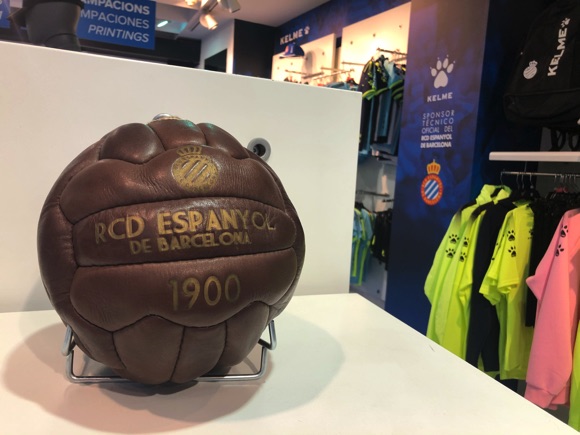


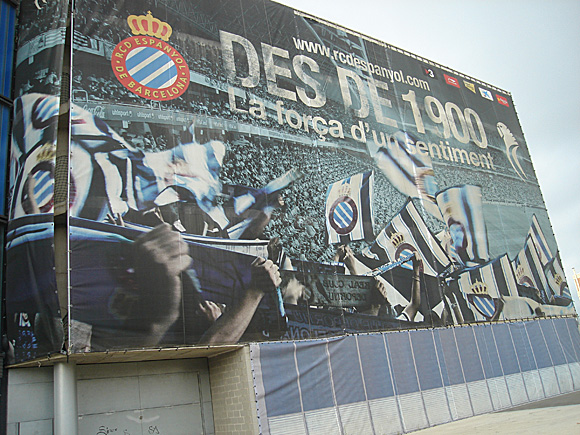




If any player typifies the Parakeets, it’s later Spurs manager Mauricio Pochettino, who ignored more glamorous offers to put in shift after shift as a gritty centre-half for Espanyol – as the club had been renamed in 1995. In the last Derbi barceloní at the Sarrià, Pochettino anchored a defence that kept out Barça, a first win over their illustrious rivals in ten years.
It was also Pochettino who helped Espanyol hold on to a their lead against Atlético with ten men in the Spanish Cup final of 2000, to lift their first major silverware in 60 years. Later as coach, his Espanyol achieved a first league win at the Nou Camp in 27 years.
After the Sarrià closed, fans made the trek up to Montjuïc to see the likes the Iván de la Peña, Walter Pandiani and the prolific Raúl Tamudo. All three featured in the run to the UEFA Cup Final in 2007, though Pandiani was the only Espanyol player to convert his penalty in the shoot-out against Sevilla in Glasgow.










Two years later, popular captain and centre-back Dani Jarque collapsed and died during pre-season training. Espanyol had only just moved into their new stadium, beating Liverpool 3-0 in the inaugural match.
As coach, ex-player Mauricio Pochettino gave Espanyol relative stability, though it took Javier Aguirre to rescue the club from potential relegation after the Argentine left for Southampton. A revolving door of managers coincided with a change in club ownership in 2016 when toy-car mogul Chen Yansheng took the helm.
Despite these ups and downs, under the club’s former reserve player Rubi, Espanyol squeezed in to claim a last European slot in 2018-19 thanks to Valencia winning the Copa del Rey and a better head-to-head record against Bilbao. RCD took full advantage of the opportunity, vital goals by Chinese international Wu Lei enabling them to overcome tricky opponents from Eastern Europe and reach the knock-out rounds of the Europa League.





Defeat to Wolves was followed by dire league form and relegation, confirmed by a 1-0 win by Barcelona. The Segunda proved more fruitful ground for striker Raúl de Tomás, who earned his first Spanish cap in November 2021. His goals pushed Espanyol to win the division and clinch a swift return to the top tier.
Back in La Liga, de Tomás scored in the frantic 2-2 draw with Barcelona, a game of three red cards and a 96th-minute equaliser to dash Espanyol hopes one more time.
Dropping down from the top tier in 2023, RCDE bounced back up at the first attempt thanks to goals from fiery Danish international Martin Braithwaite, who had moved across town from Barcelona. It was former Espanyol youth player Javi Puado who hit all three goals in the club’s play-off run, however, and who led the scoring the following season after the Dane’s departure for Brazil.
The only other highlight of a mediocre campaign in and around the relegation zone was the breakthrough of young striker Roberto Fernández following his mid-season arrival from Braga, pointing the way to better things in 2025-26 should he stay at Cornellà.

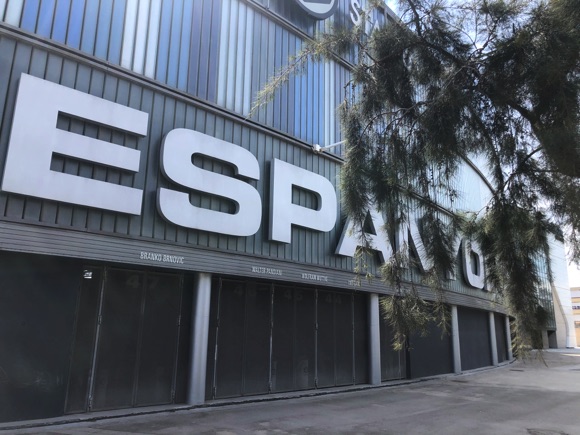


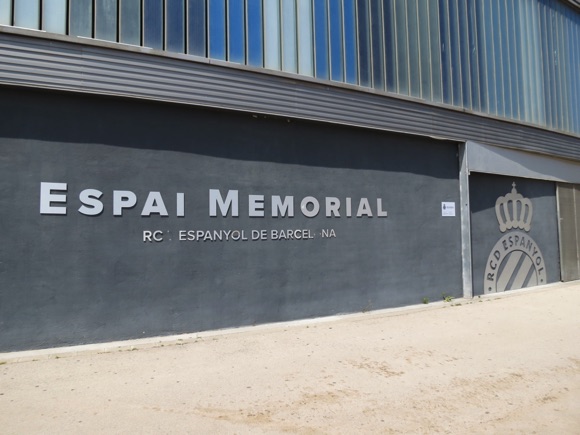



Stadium Guide
The field of dreams – and the story behind it









Opened in 2009, the Estadi Cornellà-El Prat was awkwardly named after the two outlying districts it straddles in the far west of Barcelona. With a capacity of 40,500, the stadium re-renamed RCDE comprises two tiers set close to the pitch, with the Gol Cornellà (by the main Passeig del Baix Llobregat) and Gol Prat (by the club offices) at each end.
Away fans are allocated sections 124 and 125 at the corner of Gol Prat and the Tribuna Lateral. The best seats are in the Tribuna Presidencial.







Along with the usual features of a modern, four-star stadium – solar panels, impressive mural, sectors easy to police – the venue contains the Espai Memorial, a space in memorial to Espanyol fans, followers and former members of staff.
Averaging gates of 20,000-25,000 depending on league status, the RCDE has rarely had to squeeze them in. Its record attendance of 40,240 was set for the visit of a star-studded Real Madrid back in 2011 but it can still get pretty raucous, as illustrated by the scenes around the ground following the late winner against the same prestigious opposition in February 2025.
getting here
Going to the stadium – tips and timings


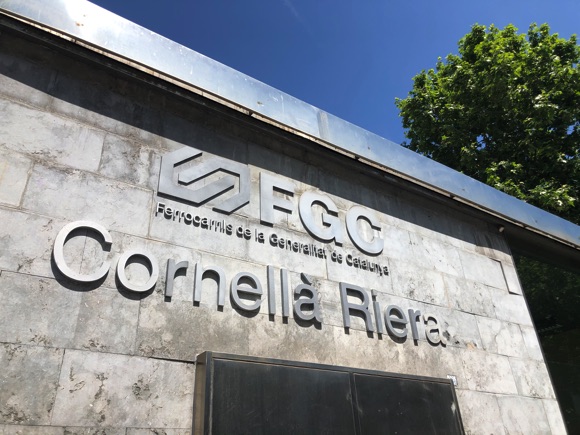

The closest station to the stadium is Cornellà Riera on the pink L8 metro and R5/R6 regional lines, 15 minutes from central Plaça de Espanya. From here, turn left out of the lift at street level, along the main street of Passeig dels Ferrocarrils Catalans until you come to Carrer de Sant Jeroni. Turn right to the end of the street and the stadium is over the road, ahead of you. Allow 10-15 minutes.
From either terminal at Barcelona airport, take metro line 9 then change at Europa-Fira onto line 8 for Cornellà-Riera. A single ticket all the way from the airport is €5.15, allow 35-40min.
Alternatively, bus 95 runs closer, along Passeig del Baix Llobregat, but it’s a winding, circular route from Cornellà Centre and Gavarra on the blue L5 metro line. Buses 67 and 68 link focal Plaça de Catalunya with Cornellà but it’s a long ride that only finishes two streets north of Passeig dels Ferrocarrils Catalans.
Despite its relative proximity, the stadium is still a €20 taxi ride from Barcelona airport because of the minimum charge.
getting in
Buying tickets – when, where, how and how much






Given Espanyol’s average attendance of 21,000 in 2012-13, availability shouldn’t be a problem except for the visits of Barcelona and Real Madrid. Tickets (ranging €40-€70) are easily bought from the club or from Servicaixa banks. The cheapest seats are behind each goal, Cornellà (porta 40, 43, 48) and Prat (porta 85, 97). Along the sidelines are the pricier seats in the Tribuna Lateral and Tribuna Presidencial, accessed through porta 63 and 73, and 1, 17 and 21 respectively.
The stadium ticket office (+34 932 927 700 ext 3018, email tickets@rcdespanyol.com) is at the corner of Gol Prat and the Tribuna Presidencial, at the other side of the ground from the main road. It opens at 10am in days running up to the game, including match day itself.
what to buy
Shirts, kits, merchandise and gifts






The club shop (Mon-Sat 11am-2pm, 4pm-8pm, match days) is behind the Tribuna Presidencial. Books include a comic history of the club, a CDs a collection of Espanyol songs and accessories such as ‘Only White & Blue’ aprons.
The 2024-25 iteration of the home kit features fold-down collars to offset those storied blue-and-white stripes. Change kit is a sickly shade of purple with grey shoulders and sleeves while third choice is more aesthetically pleasing black with the same grey sleeves, and thin band of blue and white running across the chest.
Espanyol have another store in the city centre, at Carrer Balmes 191 near Plaça de Catalunya.
Stadium tours
Explore the ground inside and out


Stadium tours (most weekdays 12.30pm & 4.30pm, Sat 12.30pm) do not run on match days or the day afterwards. Visits feature the usual look around the home dressing room, VIP boxes, dug-out and press area, as well as the club museum displaying trophies, shirts down the ages and portraits of Espanyol coaches and international players season by season.
The audio-visual room presents the club, its achievements, its people and its philosophy, in 360-degree form.
Where to Drink
Pre-match beers for fans and casual visitors





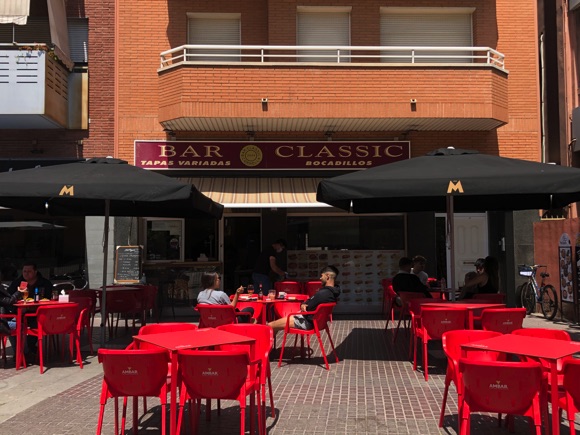










Any number of bars serving commuters during the week around Cornellà Riera station double up as pre-match options, most with pavement terraces. The most popular for Espanyol supporters are La Xicra on Carrer de Sant Jeroni and Los Cazadores at the corner of Francesc Layreta, a friendly tapas stop serving locals for decades.
Among the alternatives are Bar Classic and La Sardana, its TV tuned to match action.
If you’re with the family, you may prefer the many sit-down-and-dine spots dotting the Splau retail hub beside the stadium. Frankfurt’s Original serves affordable house beer to accompany your hot dog or burger, with plenty of international brands among the lagers, ales and IPAs. Kurz & Gut is similarly Germanic and carnivorous, with TVs to gawp at as you sip your Pilsner Urqell or Erdinger Urweisse.




